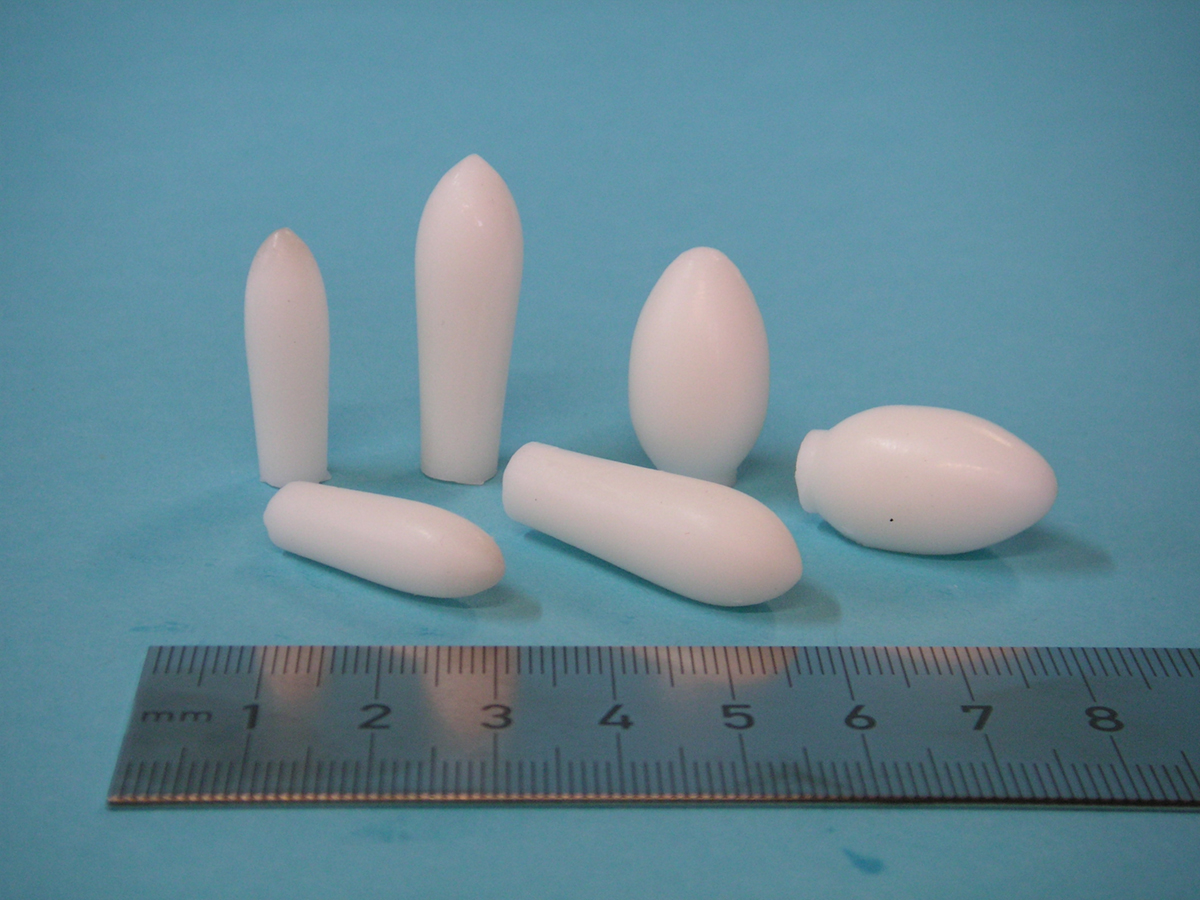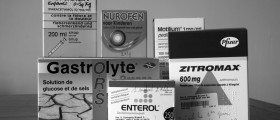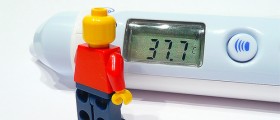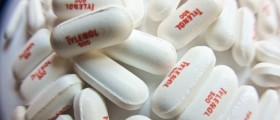Dealing with a sick child is not easy for parents or doctors. Children can’t tell what’s wrong or where it hurts, and they are always cranky. Usually, they are too small to drink a pill or refuse to take any drugs. In most cases, doctors recommend using medications in the form of the suppository. This drug form is found safe even for very small children and has proven efficient.
Another way to give your child the needed dose of medicines is by giving him/her an injection, but some children might be afraid of needles. In adults, suppositories are used to relieve constipation or hemorrhoids, but in children, they can cure many medical problems. In kids, doctors recommend suppositories for fever, different kinds of pain, seizures, etc. There are two kinds of baby suppositories available at the market, and you can find paracetamol and glycerin suppositories for kids.

Glycerin Suppository for Kids
Glycerin suppositories are used as laxatives to relieve constipation. In shape, suppositories resemble a missile or a bullet made of glycerin. If your baby hasn’t had a stool for more than 4 days or experienced dark stool or abdominal pain, it may be the time to use glycerin suppositories.
Consult your doctor before starting any treatment, because he/she should decide if your baby requires glycerin suppositories. If it’s time to use suppositories, you can get them in any pharmacy. It is safe to use glycerin suppositories even in babies just a few weeks old.
Suppositories should be easily placed into the rectum. Once placed an inch into the rectum, they will start to work as laxatives. This is a hyper-osmotic substance, which irritates the lining of the intestine and leads to softer stool and excretion of the intestine content.
Some kids might have other medical conditions, allergies, and other issues. Always make sure your doctor knows about these health problems, so he or she can suggest the appropriate treatment for the child. Don’t worry if the doctor told you to cut suppositories and use a piece of it every time your child has a problem. It is quite common practice, and you shouldn’t worry.
- Glycerin enemas or suppositories were documented to stimulate the passage of meconium and improve feeding tolerance. Almost half of premature infants had improved enteral feeding after taking glycerin suppositories. However, 3 studies focused on the prophylactic use of glycerin enemas (1 trial) or suppositories (2 trials), and found that there were no differences of meconium evacuation, transition to full enteral feeding or mortality between the intervention group (daily glycerin enemas or suppositories) and control groups (no intervention or placebo).
- One recent meta-analysis in 2015 explored the influence of glycerin enemas and suppositories on transition to enteral feeding in premature infants, but it only included 185 premature infants treated with glycerin enemas in 1 trial (n?=?81) and suppositories in 2 other trials (n?=?104). The results found no benefits after the treatment with glycerin enemas and suppositories, but the quality of evidence was low to very-low, and the findings were inconclusive.
- The effect of glycerin suppositories on full enteral feeds remained controversial in preterm infants, and thus we conducted this meta-analysis to identify the influence of glycerin suppositories on full enteral feeds in preterm infants.
- The protocol was registered in PROSPERO (CRD20214283090). We searched PubMed, EMbase, Web of science, EBSCO and Cochrane library databases through February 2020, and included randomized controlled trials assessing the effect of glycerin suppositories on full enteral feeds in preterm infants. This meta-analysis was performed using the random-effect model.
- Six Randomized controlled trials were included in the meta-analysis. Overall, compared with control group in preterm infants, glycerin suppositories demonstrated no significant effect on days to full enteral feeds (mean difference?=??0.26; 95% confidence interval [CI]?=??1.16 to 0.65; P?=?.58), the incidence of necrotizing enterocolitis (odd ratio?=?3.62; 95% CI?=?0.56–23.32; P?=?.18) or death (odd ratio?=?1.46; 95% CI?=?0.40–5.40; P?=?.57), but may increase the days under phototherapy (mean difference?=?0.50; 95% CI?=?0.43–0.57; P?.00001). Only low heterogeneity was seen among all outcomes.
Paracetamol Suppository for Kids
Paracetamol suppositories for kids are used to ease the pain. You can get some of these suppositories without a prescription from your doctor, but because there are so many of them, in different doses, it is advisable to consult the doctor before the application.
Paracetamol is a painkiller and can be used to treat pain and fever in children. Paracetamol suppositories are meant for babies who can’t take paracetamol in syrup or tablets, especially for really young kids. The dose is calculated according to the weight and age of your child. Although you can use these suppositories without a prescription, don’t use them if the baby is younger than 3 months. In that case, always consult the doctor first.
Suppository Side Effects
There are just a few side effects associated with the use of suppositories. There might be some allergic reactions, skin rash, redness, itching, and dehydration. Glycerin suppositories may cause burning and inflammation in kids. In extremely rare cases kids have experienced fever, mouth ulcers, bleeding, and liver complications.













,-Or-Ibuprofen-Which-Over-The-Counter-Painkiller-Should-You-Choose_f_280x120.jpg)



Your thoughts on this
Loading...